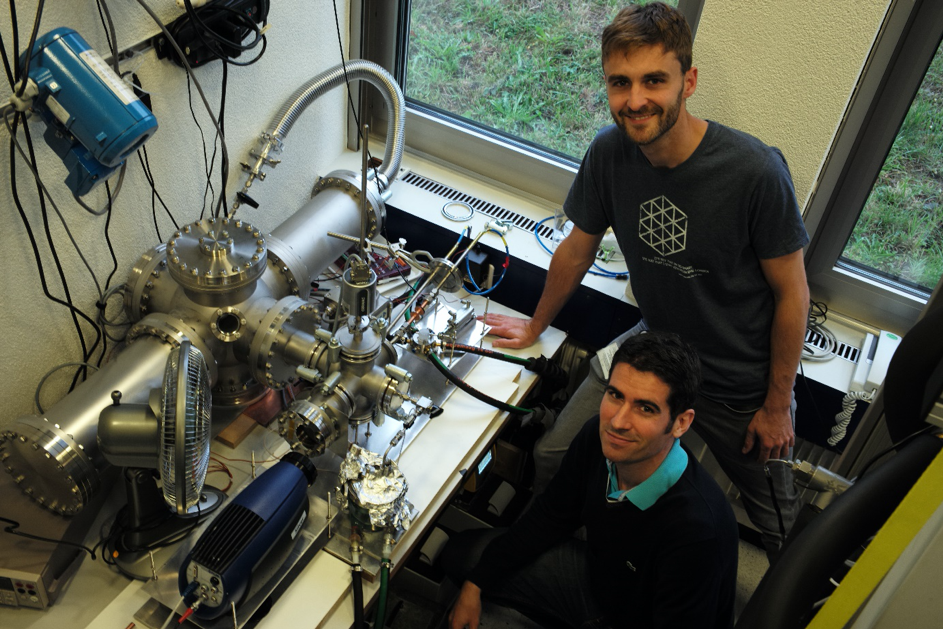Generating heat requires a great deal of energy: in Switzerland, we use half of our total energy consumption to warm our homes and offices, to heat our shower water and dishwater and to power industrial processes. The energy for this still primarily comes from fossil sources such as crude oil and natural gas. If we exclusively look at electricity consumption, 40 % of this is used for heating rooms or materials. This will have to change in future because Energy Strategy 2050 demands that CO2 emissions be significantly reduced and that nuclear energy disappear as a source of electricity.
Ways of using heat more efficiently are therefore being sought. For example, by collecting and reusing waste heat more systematically than before. So-called adsorption heat pumps can help here. Similar to the compression heat pumps commonly used today, they can draw heat from the environment and enhance it. To this end, adsorption heat pumps require driving heat at temperatures of at least 35 to 60 degrees Celsius. Unlike conventional heat pumps, however, they consume almost no electricity. Such systems could, for example, use waste heat from factories, computer centres or heat energy from renewable sources such as thermal solar plants.
However, the systems have until now still been relatively inefficient and expensive. In particular, the sorption material used – the heart of an adsorption heat pump – determines how efficient the systems are. For this reason, a research team headed up by André R. Studart, a professor at the Materials Research Centre at ETH Zurich, has now developed a new way of producing such sorption materials – using a 3D printing process. “3D printing gives us far greater control over the microstructure of the material than is the case with conventional synthesis”, explains Studart. And it is precisely this microstructure that influences how efficient the sorption material is.


















